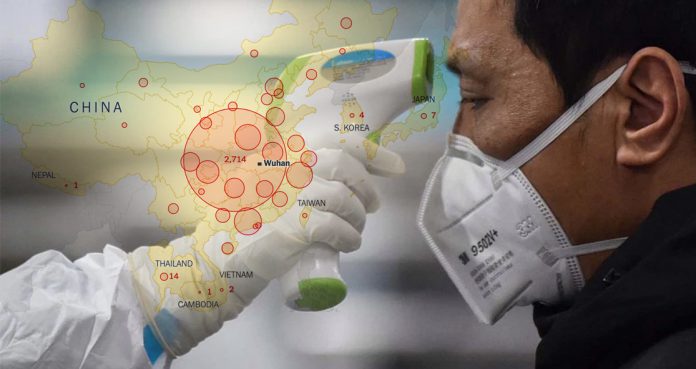The ongoing Wuhan coronavirus outbreak has affected nearly 6,000 and killed 132 people so far, as it has been spreading across Asia and other nations, including the United States.
Also called 2019-nCoV, the mysterious new coronavirus causes respiratory illness. Cases of this new virus have been reported in Australia, Japan, South Korea, Thailand, France, and Vietnam.
The outbreak that started in Wuhan forced officials to lockdown 16 cities in China. Chinese health officials believe that there could be an increasing number of people infected by the virus who might have gone undetected.
Experts are trying to find a vaccine and it would take several months for the vaccine to undergo human trials. Also, there is no specific treatment for 2019-nCoV. So, the most effective way to tackle the new virus is to limit transmission and isolate patients.
Limiting transmission and isolating patients worked when there was a SARS (Severe Acute Respiratory Syndrome) epidemic in 2003. Public health officials have been implementing the same approach in order to stop the spread of 2019-nCoV in China.
Tracing the infected patients is extremely important so that they can be monitored. If they develop any signs or symptoms, they should be quarantined and treated until their lab tests determine they are free from the virus.
Screening is another important way to combat the ongoing outbreak. As there could be many undetected cases, it is important to screen people, especially those who have been in close contact with infected people. Chinese officials have been setting up screening checkpoints across the nation.
Containing the Wuhan coronavirus has been a daunting task so far. However, it can be tackled by using some additional strategies that were not implemented during the SARS outbreak. And they include home-based isolation and rapid diagnostics, according to the Harvard Business Review.
Suspected patients with concerning symptoms who are not seriously ill can be sent home with preventive measures, such as wearing protective masks, washing hands thoroughly, and taking enough rest. Home-based isolation for patients who are not severely ill could be helpful if there are limited beds in hospitals.
Another effective way of stopping the spread is rapid diagnostics. Using quick diagnostic tests that do not require would help save time. However, such diagnostic tests are not yet available for 2019-nCoV. Such tests could be used at medical centers, hospitals, and even households to screen people who develop suspicious symptoms. It is high time to take important steps in order to contain the spread of the new coronavirus because news cases are evolving almost every hour.























